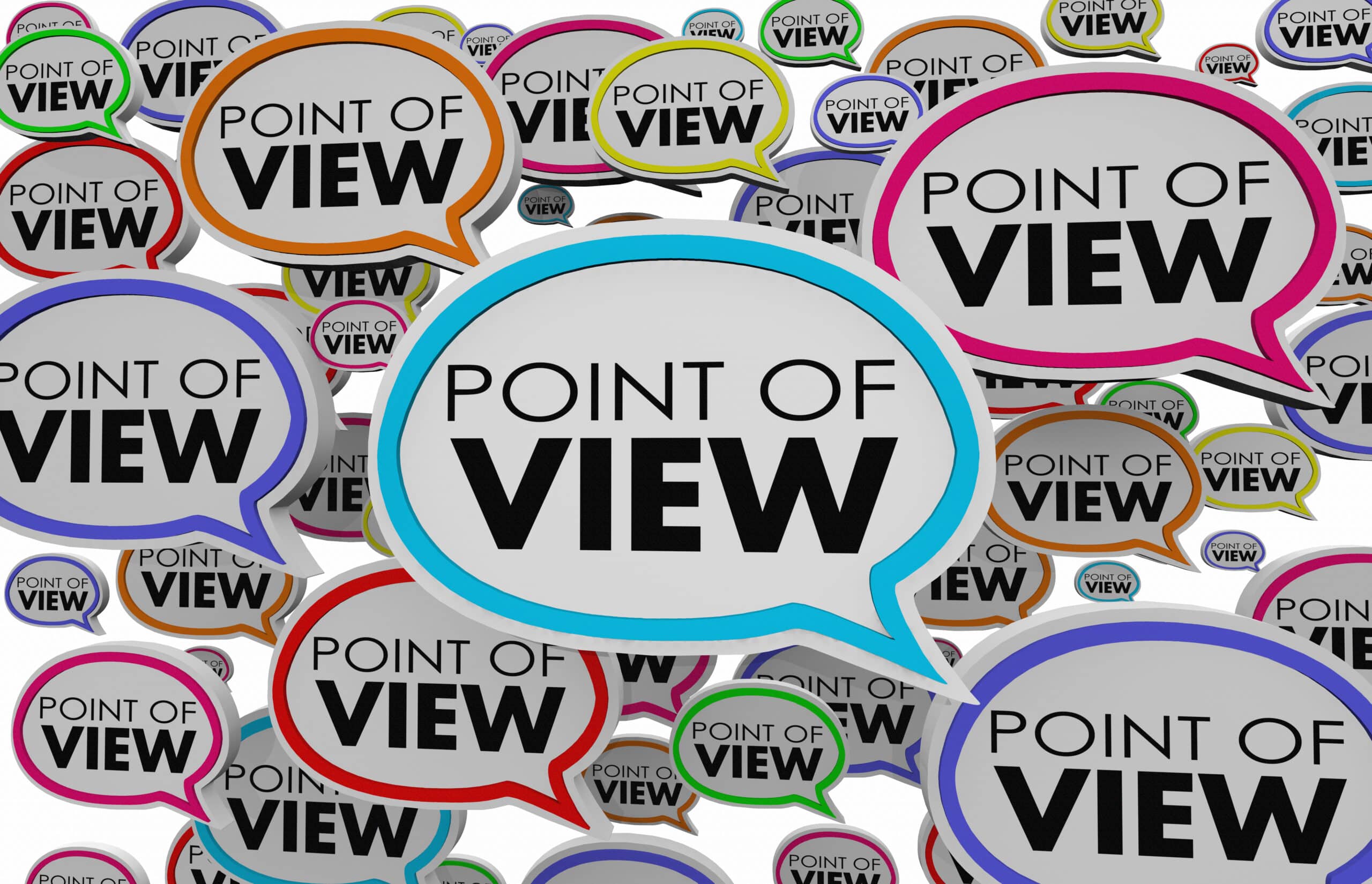Mike Pelfini — 05 September 2024
Both people and groups use viewpoints to make sense of the world. Viewpoints work as a shortcut, filtering information to fit expected patterns. Learning to adopt different viewpoints can help leaders grow, improving communication, relationships, and desired outcomes.
The importance of adopting different viewpoints
Each person has a unique vision of the world, their “viewpoint.” Each viewpoint is the product of individual experiences, environment, education, and many other factors. While no two people have exactly the same viewpoint, they may share similar views with a group. Both individuals and groups can have viewpoints, in other words.
Each viewpoint serves to describe and make sense of the world. They work by filtering and organizing information into useful chunks. Think of viewpoints as a heuristic – or shortcut – that allows us to focus on important things while ignoring the rest.
It follows that each viewpoint is incomplete. To get a broader view of any situation, leaders must be able to see it from different viewpoints. Developing that skill is the key to improving communication, strengthening relationships, and resolving conflict, according to https://www.psychologytoday.com/us/blog/constructive-controversy/201906/the-importance-of-taking-the-perspective-of-others.
This article illustrates how considering different viewpoints can help leaders, and how to develop the ability to shift viewpoints.
The benefits of adopting different viewpoints
The ability to consider different viewpoints leads to stronger relationships and better outcomes, whether or not you are a leader. But since leaders must routinely work with others who have divergent interests, priorities, and points of view, being able to see the world from other viewpoints is a critical leadership skill. Here are some of the benefits of considering other viewpoints:
Better understanding. Being able to consider a different viewpoint is critical to understanding any situation. Viewpoints are information filters – they only allow certain things through. Considering different viewpoints expands one’s filter and lets more information pass through.
In addition, people tend to look for facts that confirm existing beliefs and to ignore or downplay facts that don’t, a phenomenon known as “confirmation bias.” Having more than one viewpoint can help expose that bias, resulting in better decision making.
Better communication. Miscommunication is often the result of the mistaken belief that others share our viewpoint. When they don’t, messages fall flat, and communication breaks down. Improving communication requires us to be aware of how our words are being perceived. Leaders must be able to signal that they understand others’ views and their concerns.
Better relationships. When a leader can “step into the shoes” of others by “trying on” their viewpoints, rapport develops, and relationships improve. The leader doesn’t have to agree with the other viewpoint but must understand it. Making the effort to understand another person shows respect and improves relationships.
Better outcomes. A leader who understands the viewpoints of others is in the best position to assess where the parties have shared interests and where they truly conflict. More importantly, the leader will be able to gauge where compromise is possible, and how much compromise is possible. The result will be a more satisfying resolution for both sides.
Improving your ability to consider other viewpoints
Here are some tips to improve your ability to try on a different viewpoint.
Step 1: Understand the other side. The first step is to imagine yourself in the other side’s position. What are their needs? What are their hopes? What are their fears? The leader should be open to learning about the other side without passing judgment. There will be differences, but the key is to find points in common.
Step 2: Understand the situation. Next, shift focus to the situation at hand. Begin by realizing that different viewpoints aren’t “good” or “bad,” they simply reflect different interests. Use the insights gained in Step 1 to look at the problem from the other side’s viewpoint. Avoid judging and assume good faith. How can you build a bridge to resolution?
Step 3: Understand the resolution. Finally, building on Steps 1 and 2, make a practical assessment of where each side has room to compromise and where each must stand its ground. Look for overlapping interests to find areas of cooperation. Neither side will get everything it wants but both sides need to get something.
Viewpoints help us organize and make sense of the world we live in. But they also limit our perspective and our ability to understand others. For that reason, learning to consider different viewpoints is a critical leadership skill to be developed and improved.
Copyright ©️ 2024 by Mike Pelfini. All rights reserved.
ForeMeta offers breakthrough leadership coaching to develop CEO self-leadership and leading teams and organizations. We offer both individualized coaching or group coaching to help leaders and their people achieve greater success. To get in touch with us, click here.


